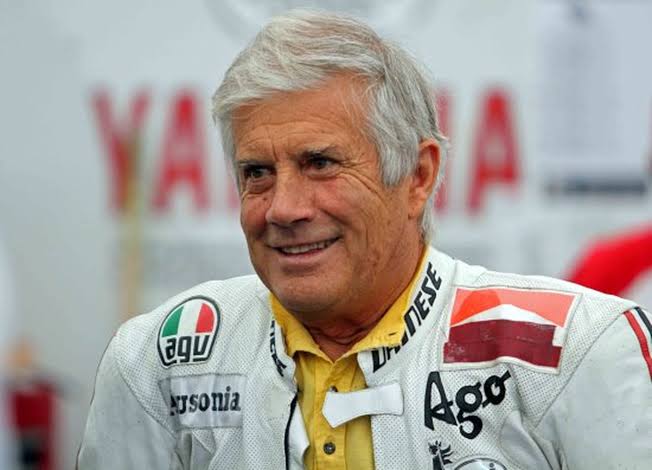In the history of motorcycle racing, few names carry as much weight as Giacomo Agostini. Born in 1942 in Brescia, Italy, Agostini rose from a small-town dreamer to a global legend. Over a career that spanned more than a decade, he claimed 15 World Championship titles and 122 Grand Prix victories—records that still stand today. But his influence went far beyond trophies. He changed the sport forever.
Agostini’s early racing days were marked by determination. His family initially opposed his racing ambitions, but he didn’t let that stop him. After winning several local races, he caught the attention of MV Agusta, one of the top racing teams at the time. In 1965, he joined their factory team, racing alongside the great Mike Hailwood. By the next year, Agostini won his first 500cc world title, the beginning of a dominant reign.
Much of his success came from his partnership with the MV Agusta 500 Three, a powerful machine that matched his technical precision. Agostini was deeply involved in the setup of his bikes, inspecting parts and working closely with mechanics. He didn’t just ride fast—he understood the machine like few others. That attention to detail gave him a competitive edge no one could easily match.
But Agostini’s legacy isn’t just about speed. In 1972, his friend Gilberto Parlotti died during the Isle of Man TT, a dangerous race known for its high fatality rate. Agostini responded by refusing to race there again and spoke out about safety. His decision helped spark a movement that eventually led to the race being removed from the world championship calendar. It was a brave stand, and it changed the way safety was viewed in the sport.
In 1974, Agostini made another bold move—he left MV Agusta to join Yamaha. At the time, Yamaha was pushing new two-stroke technology, which many considered a gamble. But Agostini quickly proved the doubters wrong, winning the 350cc title in 1974 and the 500cc title in 1975. He became the first rider to win the top championship on both four-stroke and two-stroke machines, a testament to his adaptability and skill.
Beyond the track, Agostini’s charm and professionalism brought new fans to motorcycle racing. With his movie-star looks and easygoing personality, he was a natural ambassador for the sport. He helped raise the profile of motorcycle racing around the world, from Europe to America and beyond.
After retiring as a rider, Agostini stayed involved in racing, becoming a successful team manager. He led Yamaha’s factory team and played a role in developing future champions. His experience and leadership kept his influence alive in the paddock long after he hung up his helmet.
Today, Giacomo Agostini’s name still represents excellence in motorcycle racing. His records are legendary, his advocacy for safety made the sport better, and his career inspired generations. The Agostini Effect is real—it’s a lasting mark on a sport that continues to evolve thanks to the foundations he helped build.




